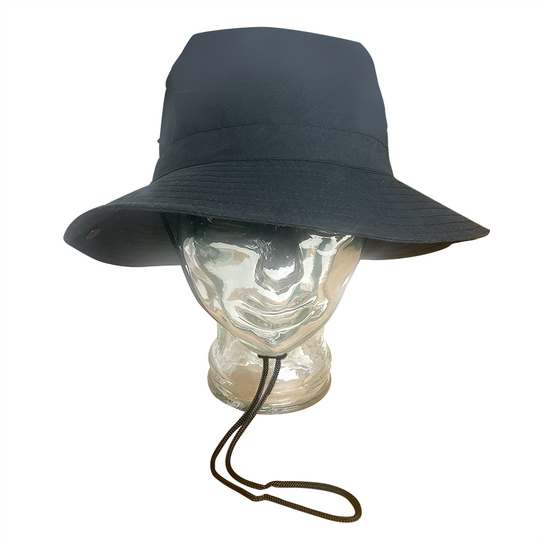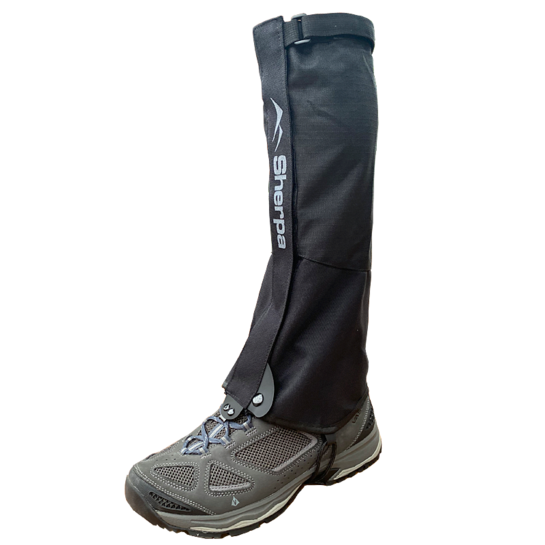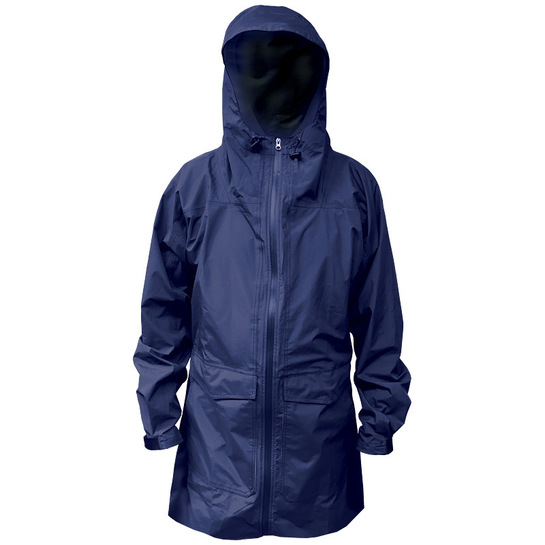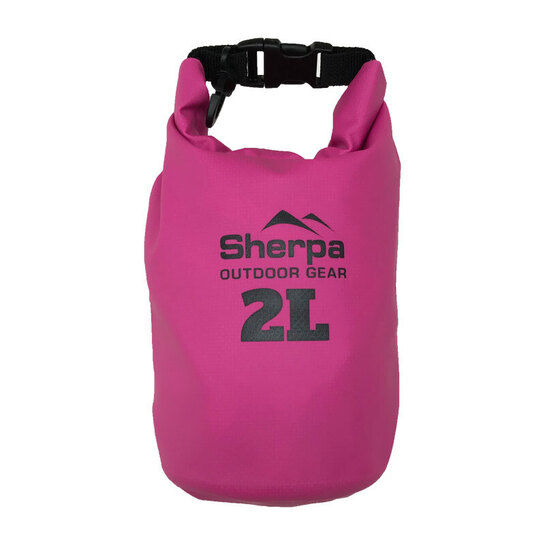At Sherpa we now offer a light and midweight range of down puffer jackets. Whether you're hiking, climbing or commuting to work in winter, the Sherpa puffer jackets will keep you warm and toasty while looking stylish and suitable for any workplace or social event!
The Benefits of Down Insulation
- Best warmth to weight ratio - Down insulation offers more warmth per gram of fill than synthetic alternatives, meaning less down is needed per garment. Simply put, you need more synthetic insulation to achieve the same warmth, resulting in more weight & bulk.
- Compressibility - Down is extremely compressible and the most compact option in insulated jackets. Our jackets all come with a stuff sack included for easy storage while hiking and travelling across the globe!
- Superior heat retention - Down is a fantastic insulator as the loft (or fluffiness) of down creates thousands of tiny air pockets which trap warm air and retain heat, thus helping to keep the wearer very warm in cold winter weather.
- Sustainability - Down is a natural fibre making the jackets a more sustainable and eco-friendly option. All by-products of the processing of down jackets are also biodegradable.
What is Down Insulation & How Does it Work?
Down insulation is made from goose or duck plumage – the lofty, fluffy stuff underneath the feathers which is an undercoating, or a natural midlayer. Each gram of down insulation is made up of millions of fluffy filaments that interlock to form a protective layer of air that keeps warmth in and cold out. These tiny pockets of air trapped by the down fibers are what actually do the insulating. The higher the fill power (or 'fluffiness'), the more air that get's trapped and the warmer the jacket will be.
What is Fill Power?
Down is measured by its 'fill power,' also known as 'loft,' which is a measure of the down's fluffiness. Higher fill power means the down clusters are larger and stronger when it comes to trapping air. Essentially, more air gets trapped in down clusters with higher loft, making the down both lighter and warmer. Loftier down gets the highest ratings as it is the warmest, lightest, and most compressible.
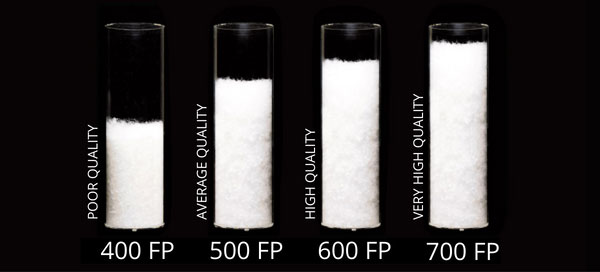
How it is measured: Down fill power is calculated by how much space 1 ounce of down takes up in a cylindrical tube after being compressed. For example, 1 ounce of 800-fill-power down will loft to 800 cubic inches, 1 ounce of 700-fill-power down will loft to 700 cubic inches, etc. For the standardised test, 1oz (approx. 30g) of down is placed in a plexiglas cylinder with a weighted piston compressing the down. The test requires controlled temperature, humidity, and preparation of the sample. All other things being equal, garments made with a higher fill power down are lighter and more compressible than an equally warm one made with lower quality down. Poor quality down might be between 300 and 450 fill power whereas 700 is considered very good.
Higher fill power doesn’t necessarily result in a warmer jacket. For example, a jacket with 650 loft and 200g fill weight will be warmer than a jacket with 700 loft and 80g fill weight. So, it's important to consider the fill weight as well as the fill power of a jacket.
What is Fill Weight?
Fill weight is the weight of insulation measured in grams and reflects how much down is actually in the jacket. This can dramatically affect the warmth of a jacket. It’s easiest to judge fill weight when the fill powers are the same or similar. For example, a jacket with 200g of 800-fill down will be substantially warmer than a jacket with 80g of 800-fill down. But if you are comparing 200g of 600-fill down against 80g of 900-fill down, the calculation becomes trickier. For these reasons, you need to take both numbers into account and include both fill power and weight in the product.
Comparing the Sherpa 650+ Down Puffer Jackets
Made from premium 650+ RDS certified duck down, the Sherpa light and midweight jackets use a high quality down to reduce weight while maintaining superior warmth. The midweight jacket has a higher fill weight, increasing the warmth and bulk of the jacket. The Lightweight puffer jacket is our more compact option with a slim line design.

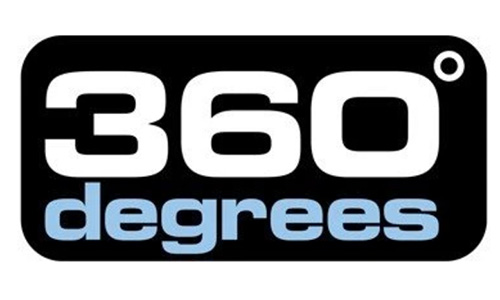




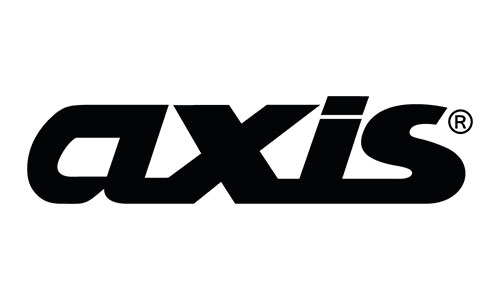
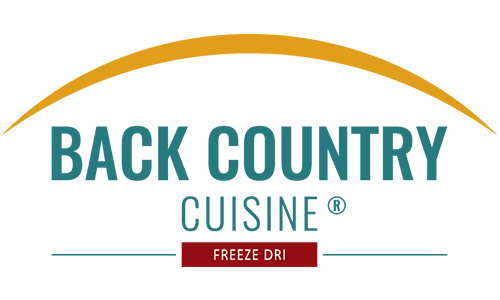


















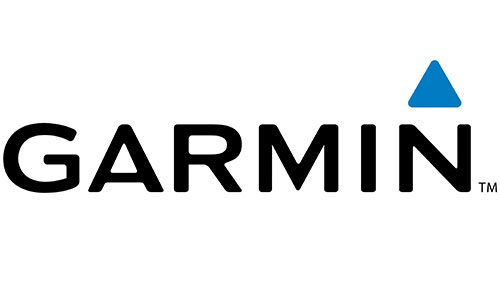



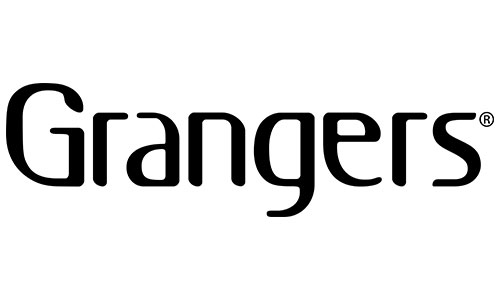
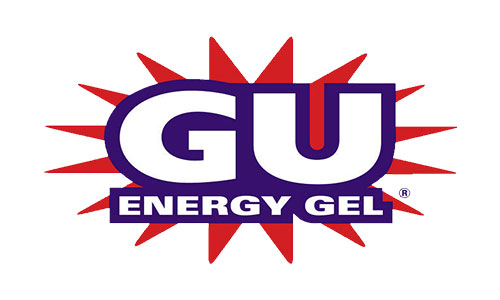





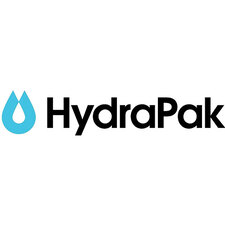


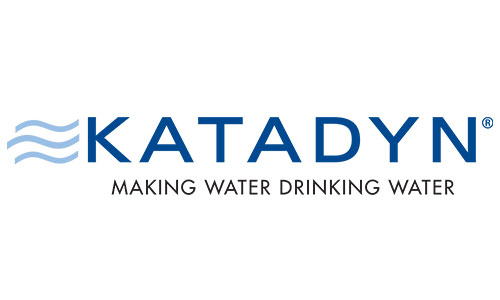

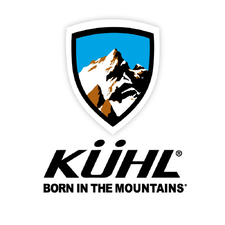

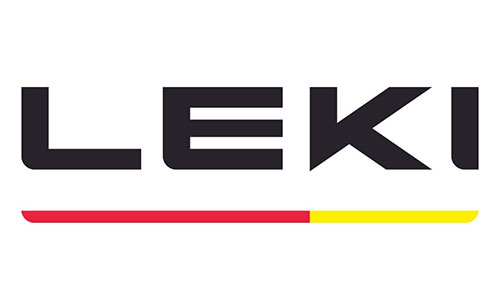







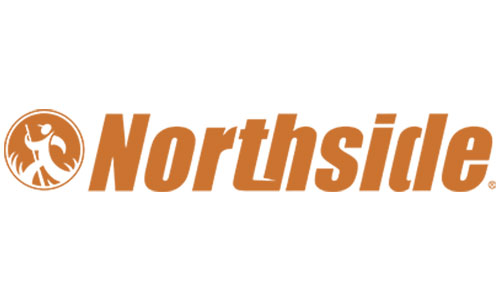
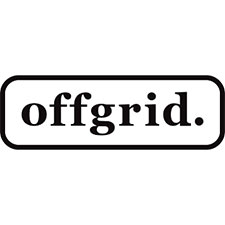




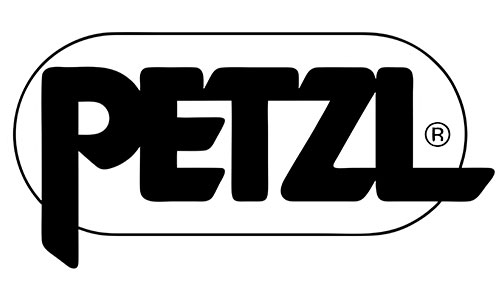

















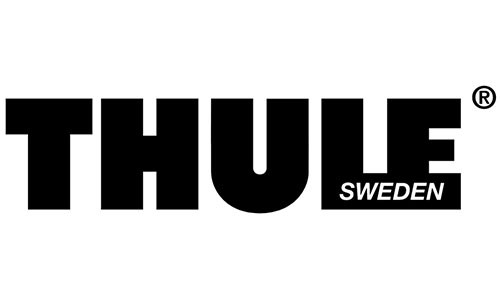











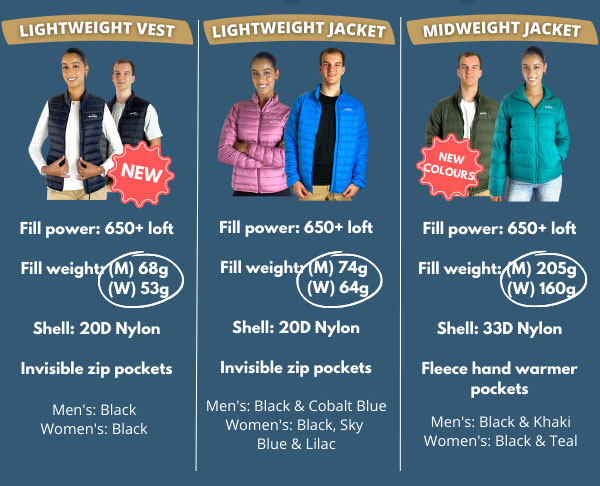
%20(15).png)






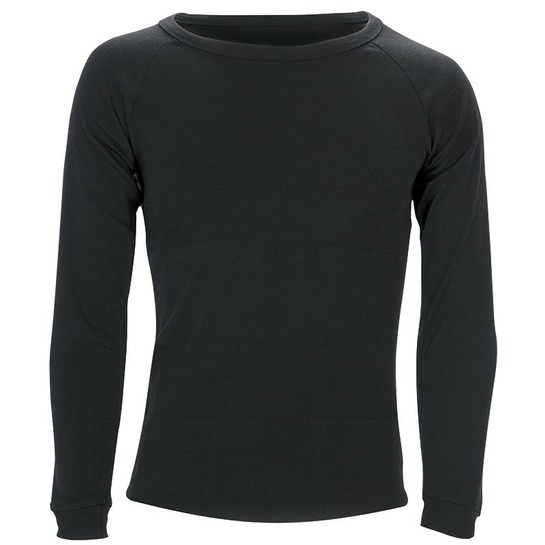

 Ships Free
Ships Free
